YOUR CART
Subtotal:
$4.95
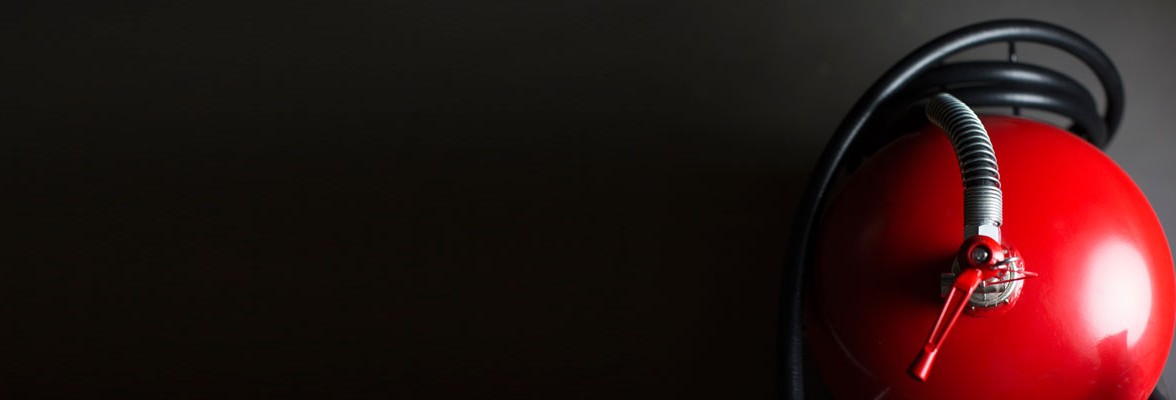
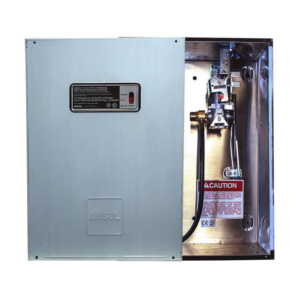
$899.00

$15.00
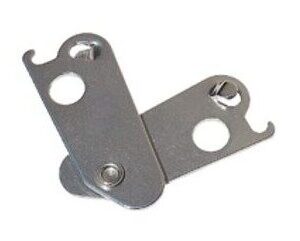
$18.00
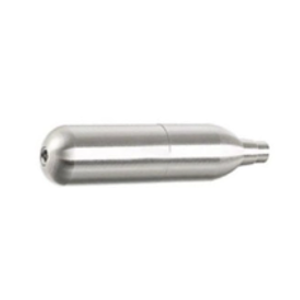
$3.50
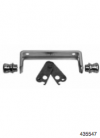
$36.00
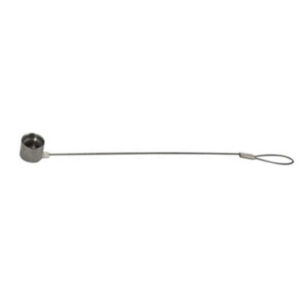
$79.00

$25.00

$28.00

$39.00

$59.00
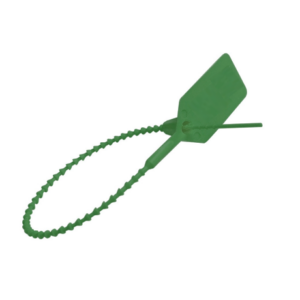
$59.00
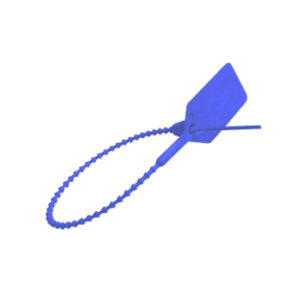
$59.00
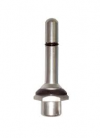
$4.95

$4.95
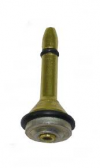
$4.95

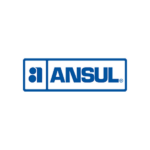

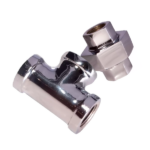


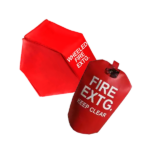
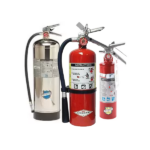

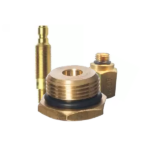
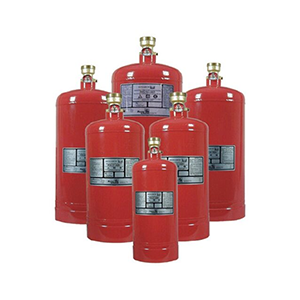
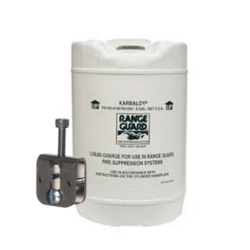
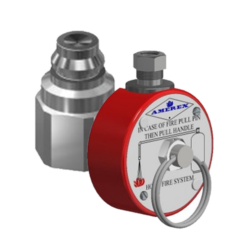

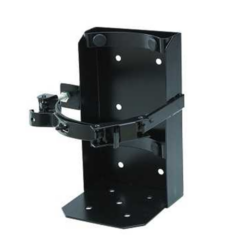
Looking for quality fire protection tools? At National Fire Supply, we sell top brands that help you prepare for
emergencies. All of our products meet safety standards, so you can have peace of mind when it comes to fire safety
equipment. Whether you’re looking for fire extinguishers, fire hoses, signs or system components, we have everything
you need. Browse some of our popular products:
Protecting a home or business from a fire requires several key components, but every solution is unique. Consider
this tried-and-true fire protection equipment for your home or business:
National Fire Supply is a major fire protection brand supplier, offering products from trusted, reliable brands.
Whether you’re looking for a fire extinguisher or repair parts for your fire protection system, we have what you
need at a price you can afford.
Our products include fire extinguishers, restaurant suppression equipment, fire hoses and various fire safety
accessories like gauges, fusible links and signage. Fire protection tools work together to create a safety
system.
Each separate parts of a fire extinguisher contribute to storing, expelling or informing — knowing about each component will help you use it safely and effectively. Here are the parts of a fire extinguisher and how they work:
Of course, there’s also the extinguishing agent, or the chemical stored inside the tank that extinguishes the fire, as well as the propellant, or the gas that expels the agent from the tank. Understanding these parts can help you confidently use a fire extinguisher in an emergency.
At National Fire Supply, we provide various parts and accessories for fire extinguishers, from hooks and pull pins to covers and cabinets.
Along with the functioning parts of the extinguisher, there are also informative ones, including:
At National Fire Supply, we offer quality fire safety equipment from well-known brands like Amerex, Pyro Chem and
Ansul. Our equipment is reliable, priced fairly and ships fast, so you can get the fire safety tools and components
you need without a hassle. With our range of equipment, you can build a complete solution to protect people, homes
and businesses.
Our custom service collars, tags, and labels ship within 1 business day.
National Fire Supply offers hundreds of products you need for fire safety, offering brands like Amerex, Pyro Chem,
Samson and more.
We carry a certification from the National Association of Fire Equipment Distributors (NAFED), a necessary part of
professional service within the fire protection industry.
When you work with us for fire protection equipment, you get a partner who sticks with you throughout every stage to
ensure you get the right fit.